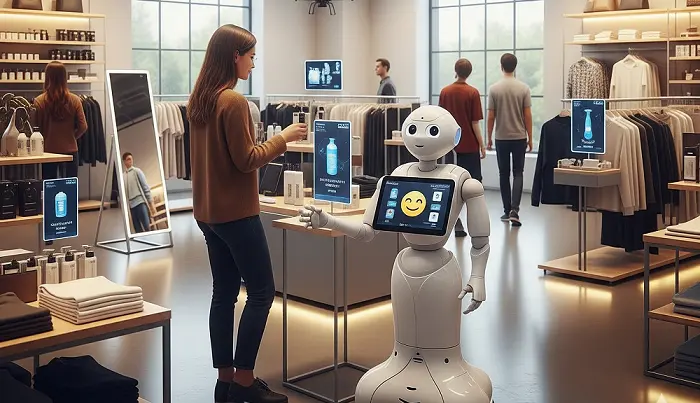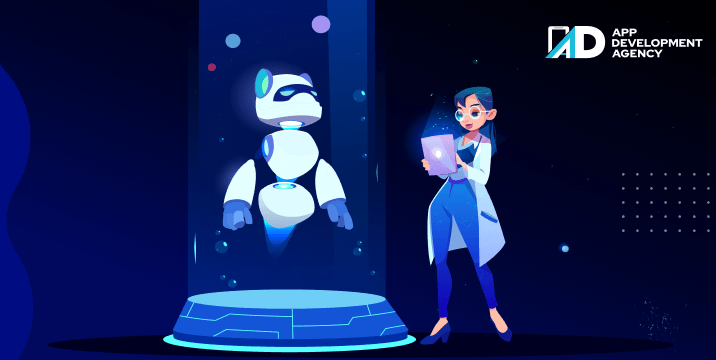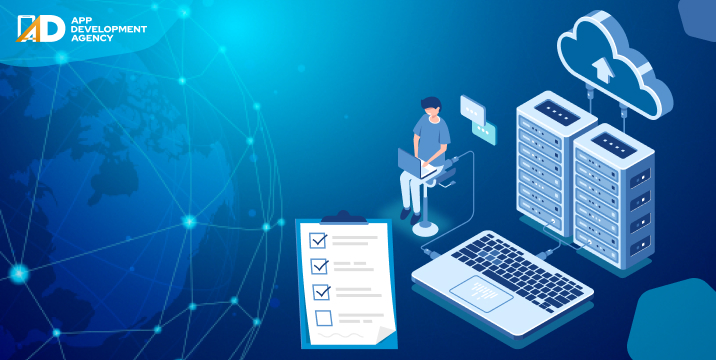Chatbots will take over this conversation, and by that, I mean 100% automated software tools that reduce human effort and work 24/7.
You’ve probably noticed them on e-commerce sites, in banking apps, or even helping you book a doctor’s appointment chatbots are no longer a futuristic novelty. They’re now a core digital asset. Is this a temporary phenomenon or a lasting trend? Chatbot development will garner $15.5 billion by 2028 at a Compound annual growth rate of 23.3%. 80% of standard queries can now be handled without involving human agents, according to IBM. And Juniper Research reports that by 2026, chatbots will help companies save over $11 billion annually in support costs.
The market is evolving from scripted responders to smart, context-driven conversational systems, due to modern language engines and data-driven training, bots are now able to learn preferences, adjust tone, and maintain multi-step dialogues that feel surprisingly natural.
The rise of text-generation tools and search-augmented replies is enabling a fresh generation of bots that fetch real-time data, respond flexibly, and summarise content on the fly.
Consider this conversation in which I am chatting with Amazon Lex:
Chatbots can also be referred to as conversational AI, digital assistants, interactive agents, conversational agents, chatterbots, or specific brand names like ChatGPT, Gemini, or Copilot. While all virtual agents are chatbots, not all chatbots are virtual agents.
Chatbots answer frequently asked questions, track orders, and even process refunds. Uber, for example, uses a chatbot on WhatsApp to allow users to book rides.
In ecommerce, chatbots assist with product recommendations, order confirmation, cart abandonment recovery, personalized quizzes and promotions. E-commerce companies use chatbots to enhance the customer experience and drive sales.
Healthcare chatbots offer medication reminders, appointment scheduling, and even provide basic medical information, support for patients recovering from illnesses.
Financial institutions use chatbots for account analysis, expense tracking, and even suspicious activity alerts, provide balance and bill notifications and offer personalized financial advice and insights.
Yet it offers benefits that rank in between 7 to 10 on a scale: (1) increase efficiency, (2) boost user satisfaction, and (3) deliver customised service at scale. Whether you’re a freelancer or a global brand, chatbots are no longer optional but a strategic necessity.
Chatbots, those conversational tools popping up everywhere from online stores to healthcare apps – are transforming how we interact with technology. But what exactly are they, and why are they becoming so essential? You’ve probably met a chatbot if you’ve ever needed to reset a password, track an order, or schedule an appointment online.
So who’s behind the magic? Creating chatbots isn’t a one-person job. Developers, AI engineers, and NLP specialists work together to design and fine – tune these conversational tools.
Basic chatbots stick to scripts, perfect for FAQ’s, like when you get 24/7 support to troubleshoot software issues without waiting on hold. With AI chatbots you can receive personalized recommendations, like an earlier alarm to avoid rain-induced traffic. Virtual agents perform tasks for you with minimal input, like booking a table at your favourite restaurant through a chatbot.
Chatbots are being called with various names like virtual agent, conversational agent, a virtual chatbot, or an AI agent. Talking about development of a chatbot (AI app development), it incorporates automated conversational agents that interact with users in a human – like way. Not just for customer support, but these tools are being used for generating leads and retrieving information by potentially making use of natural language processing and machine learning.
I gathered these details from across the internet, but treat them as an illustration:
When building a chatbot, crucial features to consider include natural language processing, omnichannel support, user-friendly interface, and the ability to personalize interactions. Other important aspects are clear conversational flow, fallback mechanisms for when the bot doesn’t understand, and the ability to integrate with other systems.
To include core intelligence, a chatbot uses NLP, Intent Recognition, Context Awareness. To include content handling, a chatbot makes use of Knowledge Base Access, Learning from Feedback; to include UX and interaction, a chatbot makes use of Personalization, Multilingual, Omnichannel; to include Conversation Flow a chatbot makes use of Structured Logic, Fallback, Human Escalation; and to include Operations & Strategy, it makes use of Analytics, Customization, Security, Scalability. But in case these features look superficial, feel free to add some of your own to suit the purpose of your project.
To create a chatbot, organizations customize an existing language learning model for their specific projects. An information retrieval component utilizes user input to pull information from a new data source and then a user query is given to the LLM which in turn references custom data and responds with full AI capabilities.
Coz, it depends upon features of the project/tool, location and demographics of developers, technologies in demand and in use, developer availability, skills at disposal etc.
What makes the foundation of AI chatbot development truly useful – its ability to talk or its ability to understand? Should it greet users politely but fail to grasp intent, would it still be helpful? Before diving into design, one must ask: what’s the core objective—sales, support, or engagement? Defining this early shapes its tone, logic, and complexity.
But who are we speaking to? A college student, a retiree, or a doctor? Should the bot sound casual, witty, or formal? Isn’t it odd when brand tone and audience mismatch?
Then, how seamless is the experience? Can the chatbot guide without confusing? Are buttons and replies crystal clear, or do users guess at every step?
Do we measure its growth? Do analytics reveal drop-offs, and potential?
In truth, a great chatbot doesn’t just talk, it listens, adapts, and evolves. Isn’t that what real conversation is about? In crux, this is what AI development companies master these days.

I still remember standing in a crowded supermarket in 2015, staring blankly at three different brands of cereal, unsure which one was cheaper, healthier, or even remotely worth the price tag. Now my shopping app nudges me with suggestions based on my past choices, points out discounts I’d probably miss, and even reminds me that …
Continue reading “Benefits of Artificial intelligence in Retail”
Read More
I was so inclined to write a theory acknowledging the applications and benefits of AI, not just in retail but across various domains, but I know that is what we know, and what we are feeling day to day. AI can work tirelessly 24*7, without a pause, but humans need a break. And to make …
Continue reading “How Artificial Intelligence is Transforming the Retail Industry”
Read More
We live in an era where your coffee machine can sync with your smartwatch, the air conditioner can sync with your smartphone, but your university portal still logs you out after three minutes of inactivity. Why is that? While the corporate world, healthcare, and even agriculture have embraced the cloud like it’s the second coming …
Continue reading “Cloud Computing in Education- Benefits, Challenges, and Implementation Process”
Read More